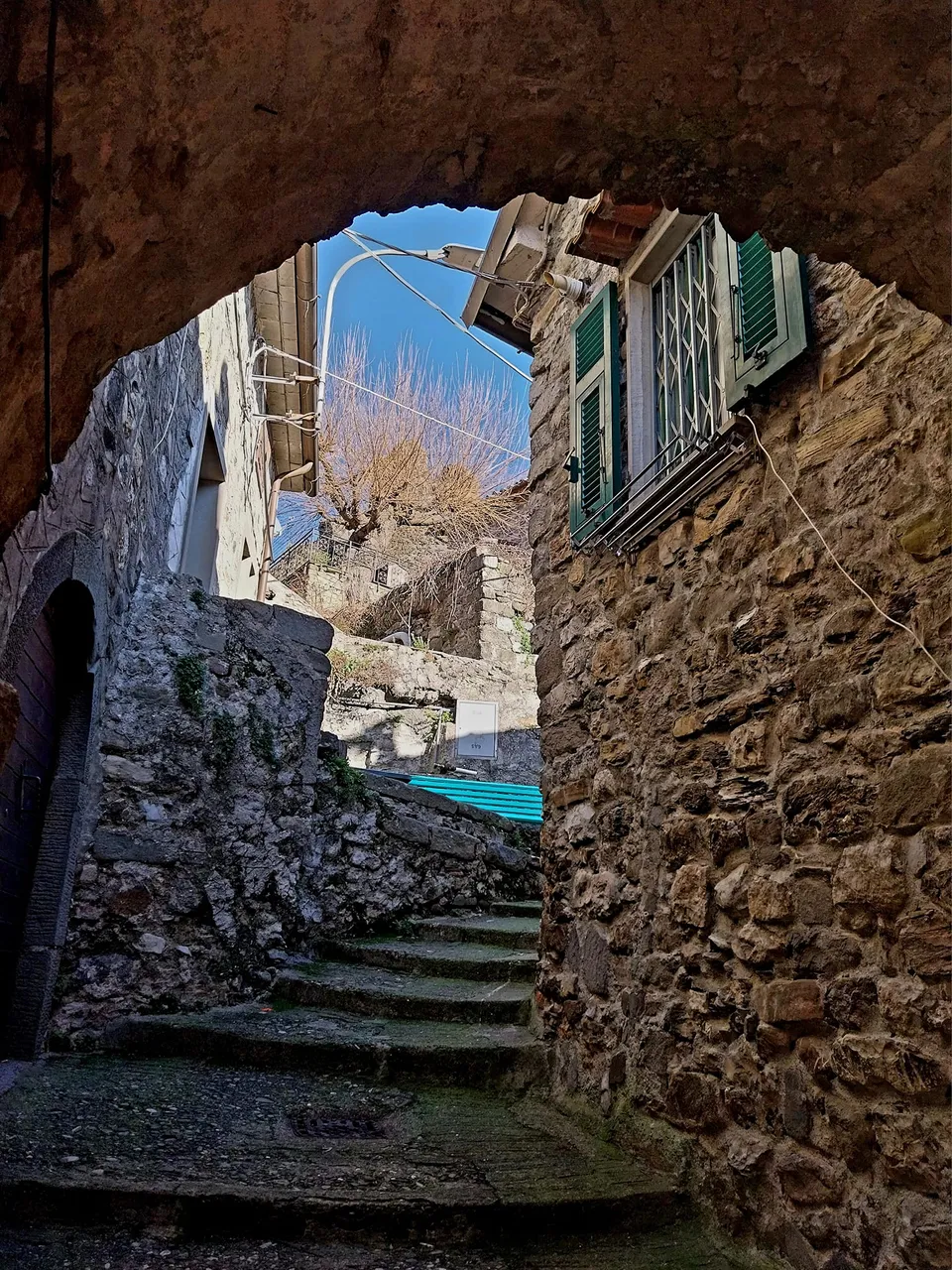
Hello dear friends,
In this space, I want to tell you about another of my explorations. Yes, because on Monday, I was supposed to meet with clients for activities planned in advance, but at the last minute, this appointment fell through. Honestly, this didn't make me sad; instead, it was an opportunity to discover another place in Tuscany that I wasn't familiar with, and that truly makes me happy!
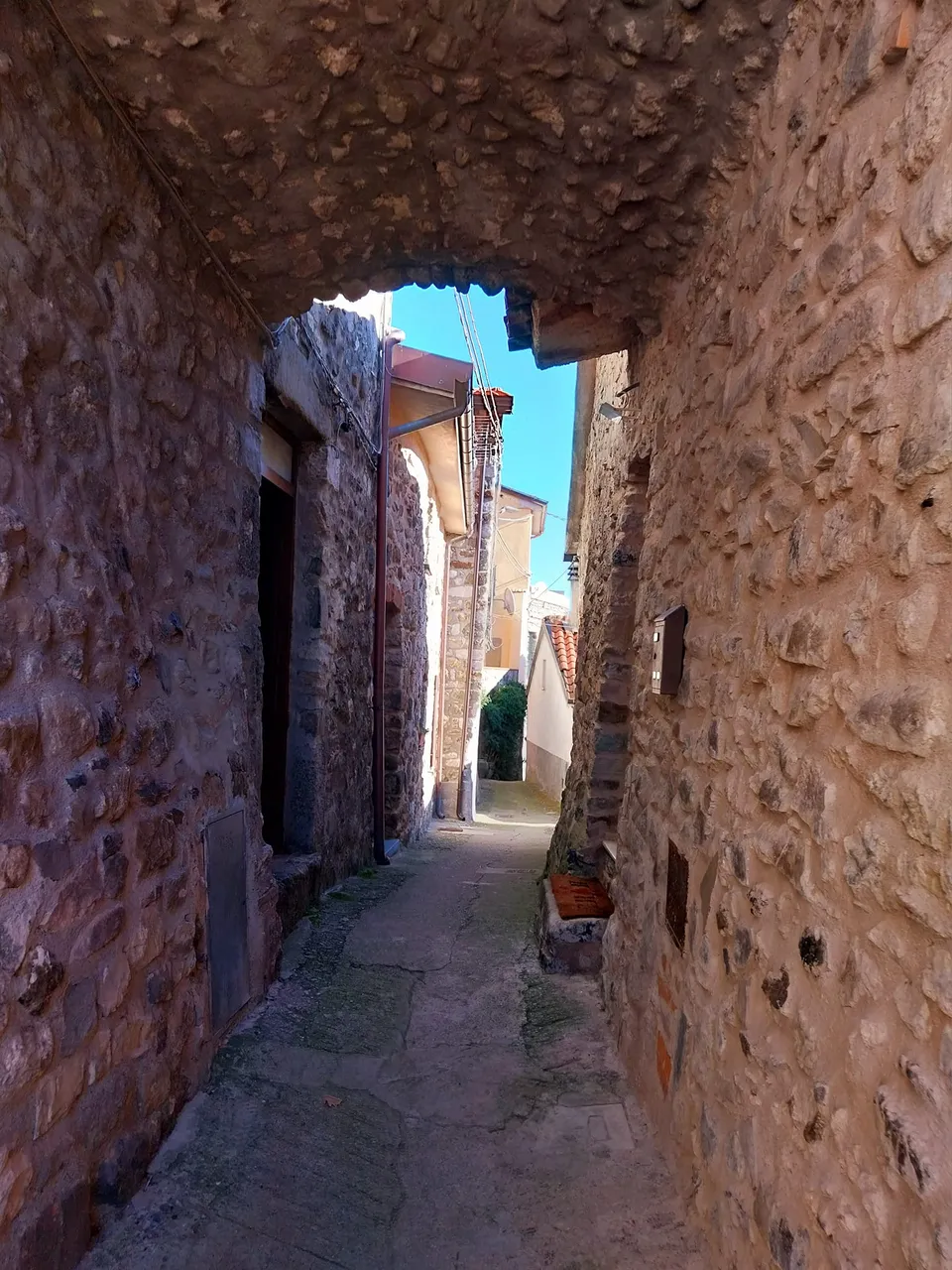
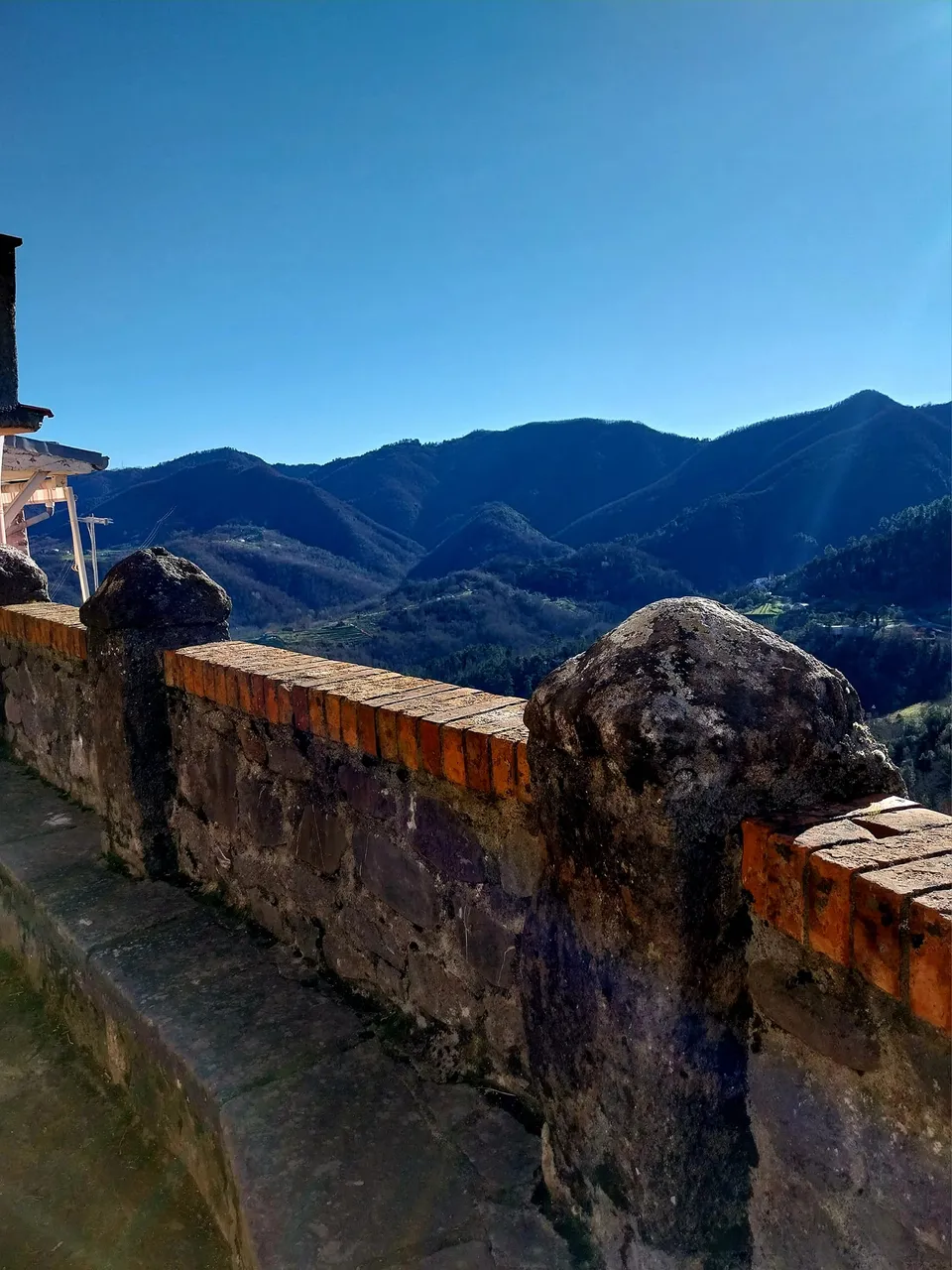
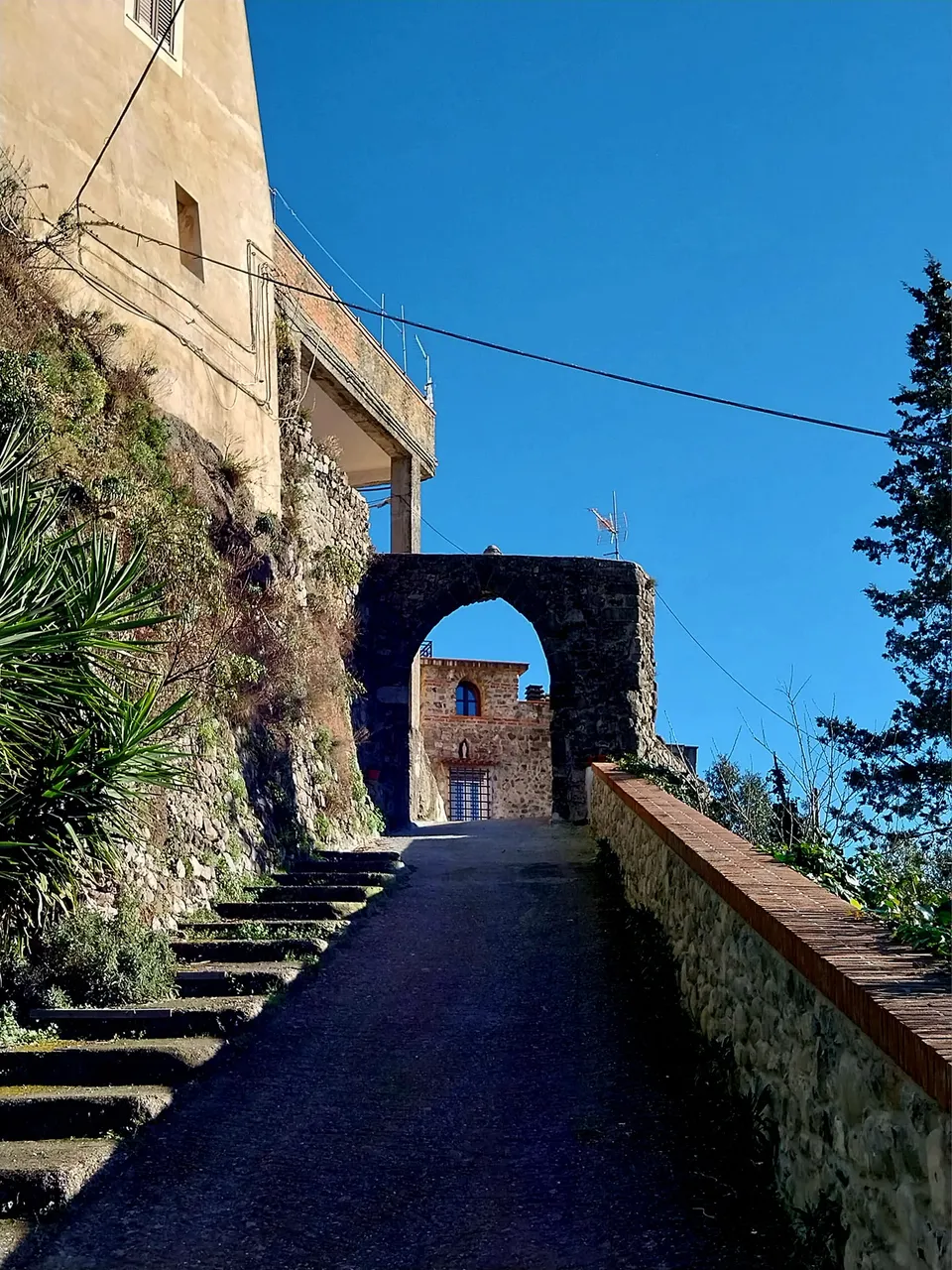
When these last-minute hiccups occur, I always take advantage of them to do something useful. So, I headed to explore Bibola, a village located a few kilometers south of Aulla, a municipality I had already mentioned in a previous post, albeit briefly.
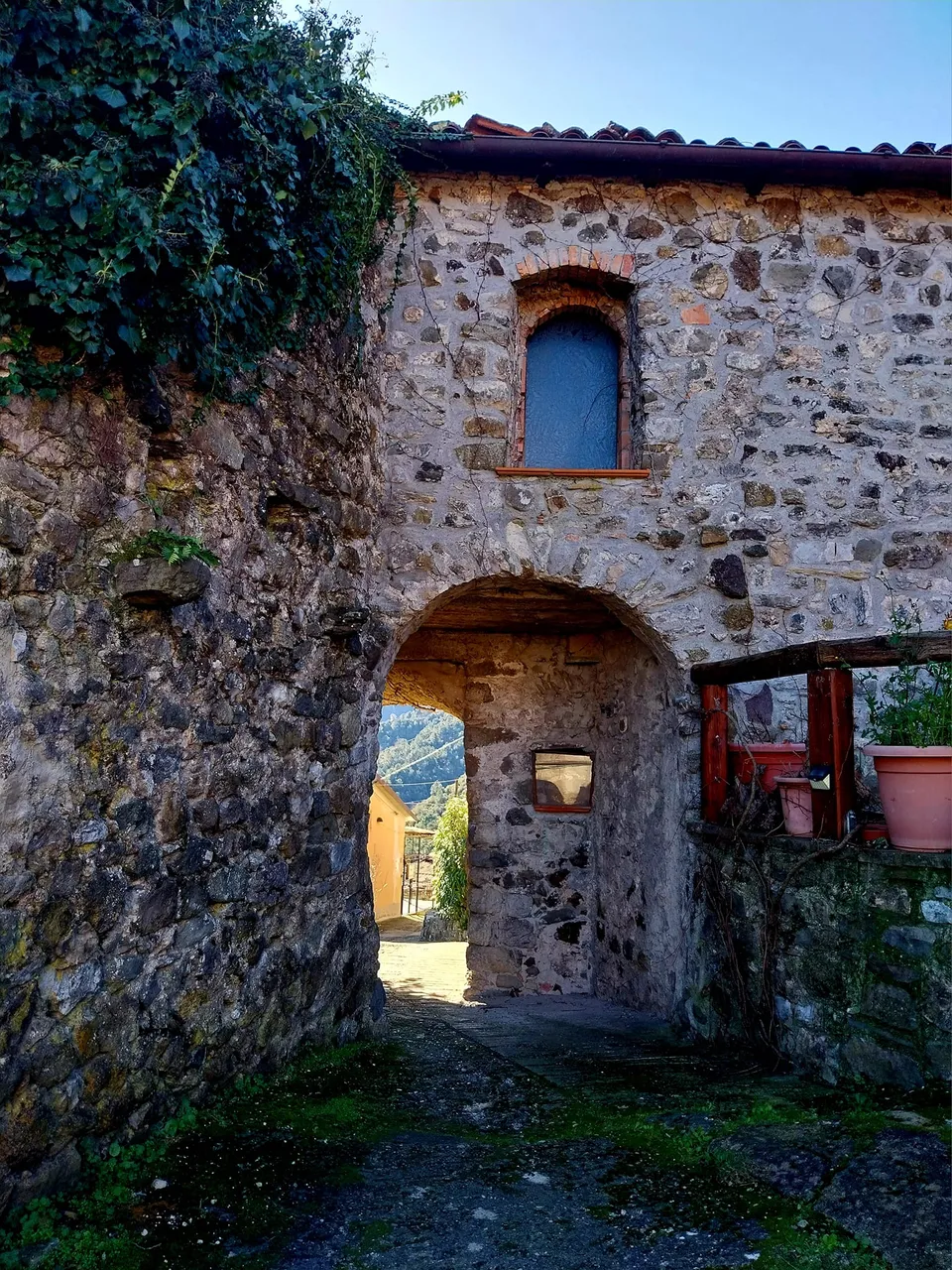
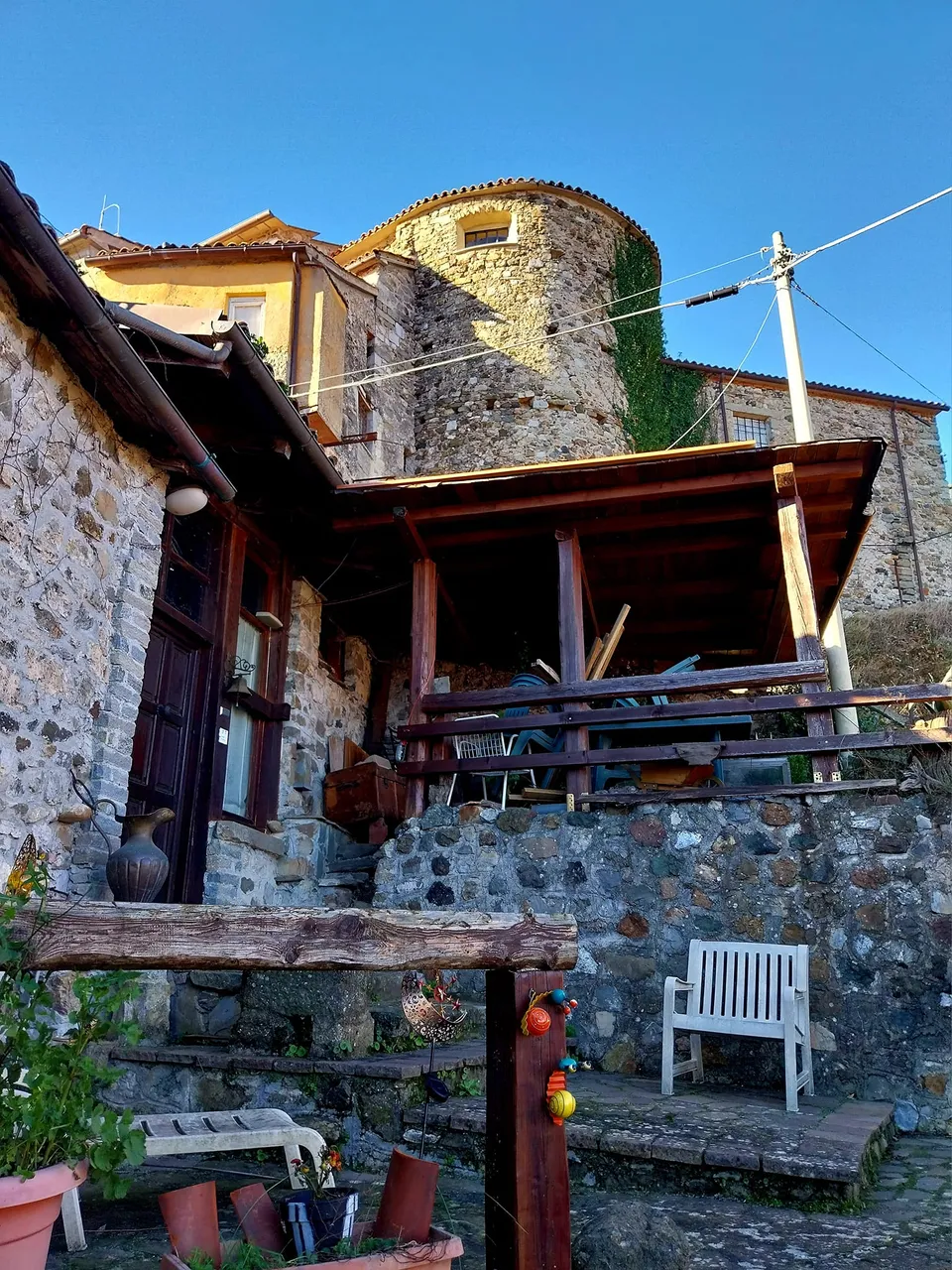

Naturally, I conducted my usual exploration on foot, both in Bibola and Aulla, which are quite close and share common ground. However, in this post, I want to focus on Bibola, a place with a peculiar name and of Byzantine origin. Indeed, this place was probably built around the seventh century, and Bibola means "Kastron" in Byzantine, translating to a place of defense or an important location for defense.
First of all, I must say that the village is in excellent condition, compared to what I shared with you about another village last Sunday. It is circularly developed, following the hills, and many parts of the village are practically in tunnels, being close to the hill, likely used to shield against the often blowing wind.
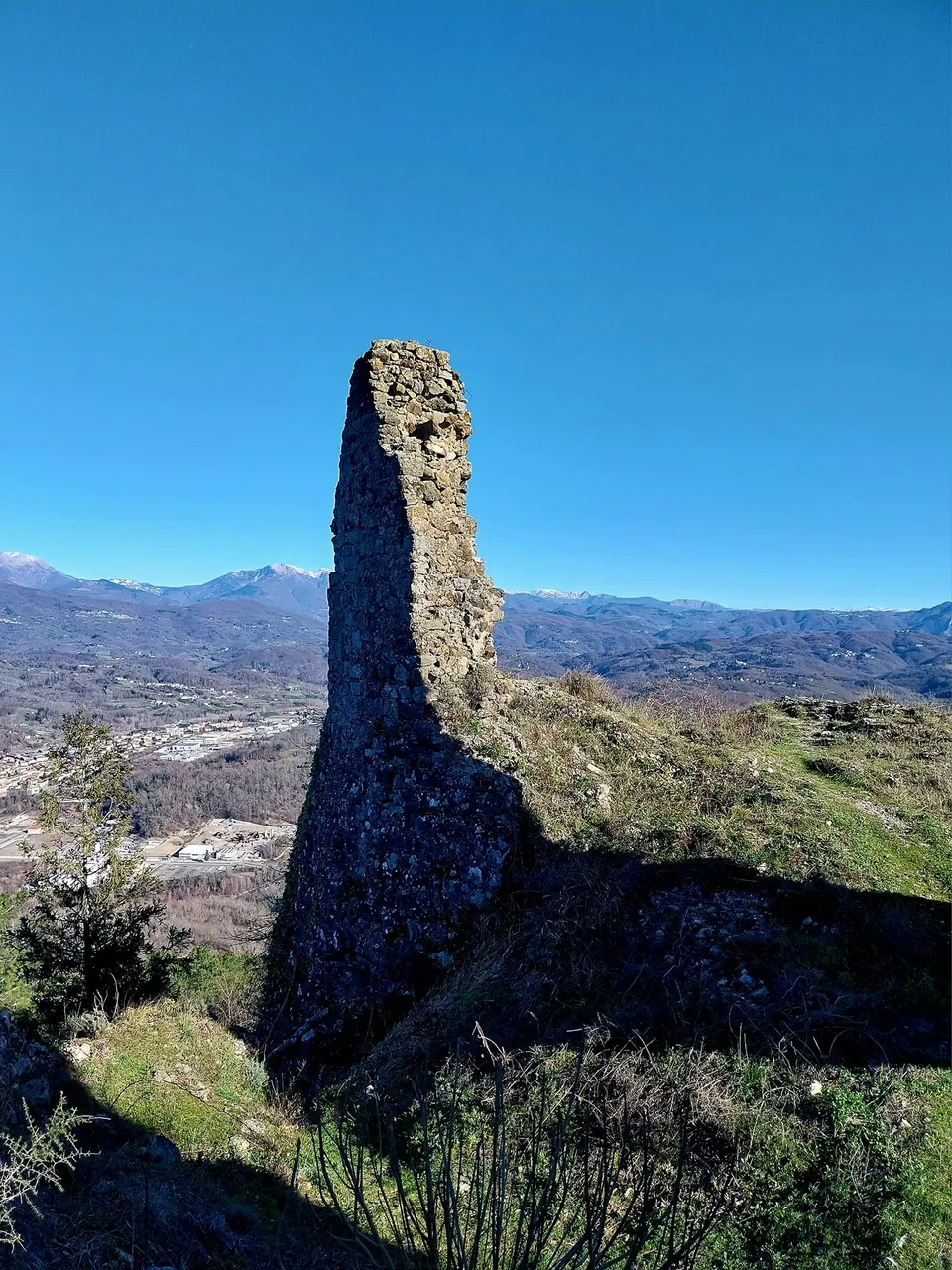
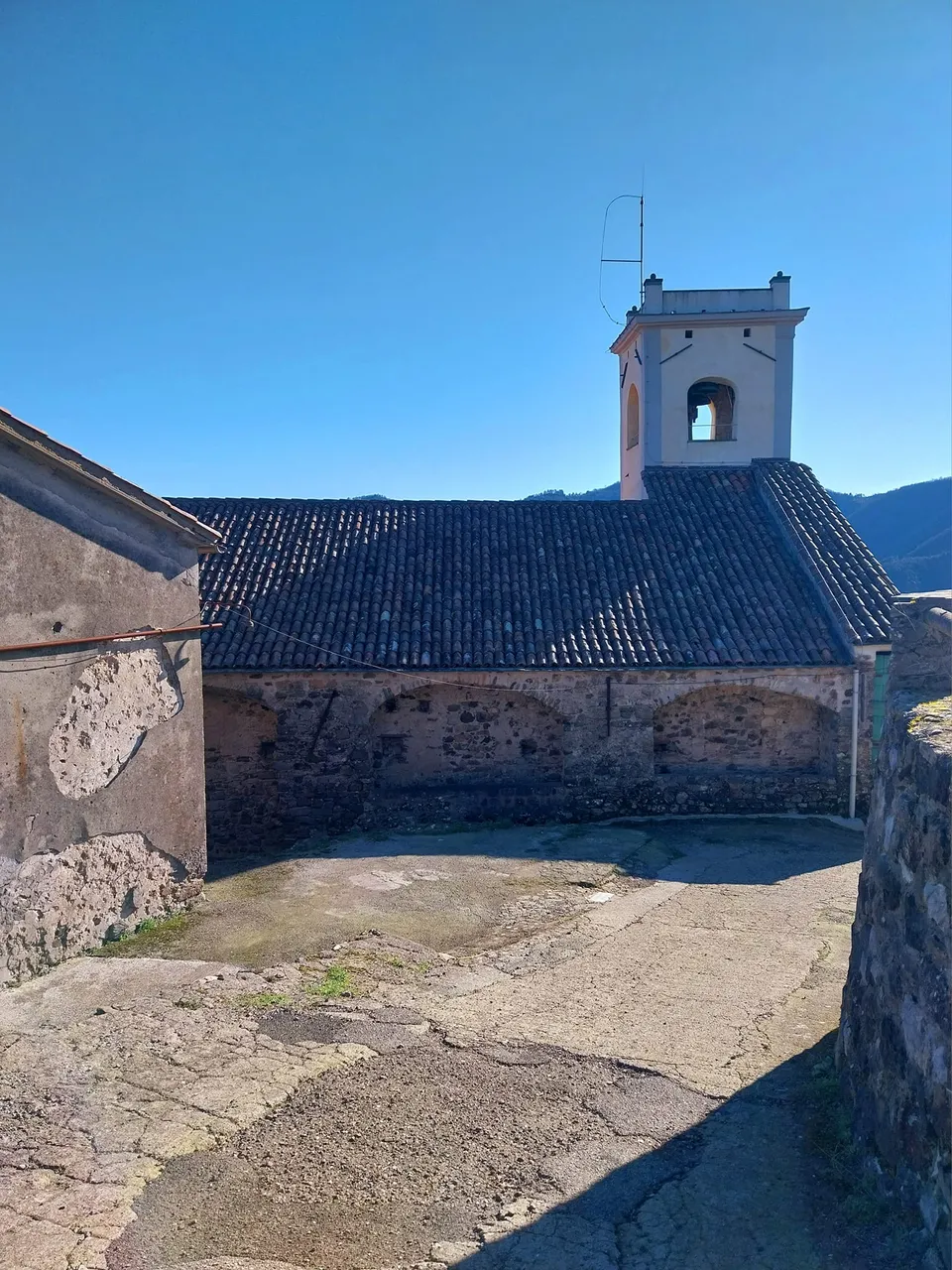
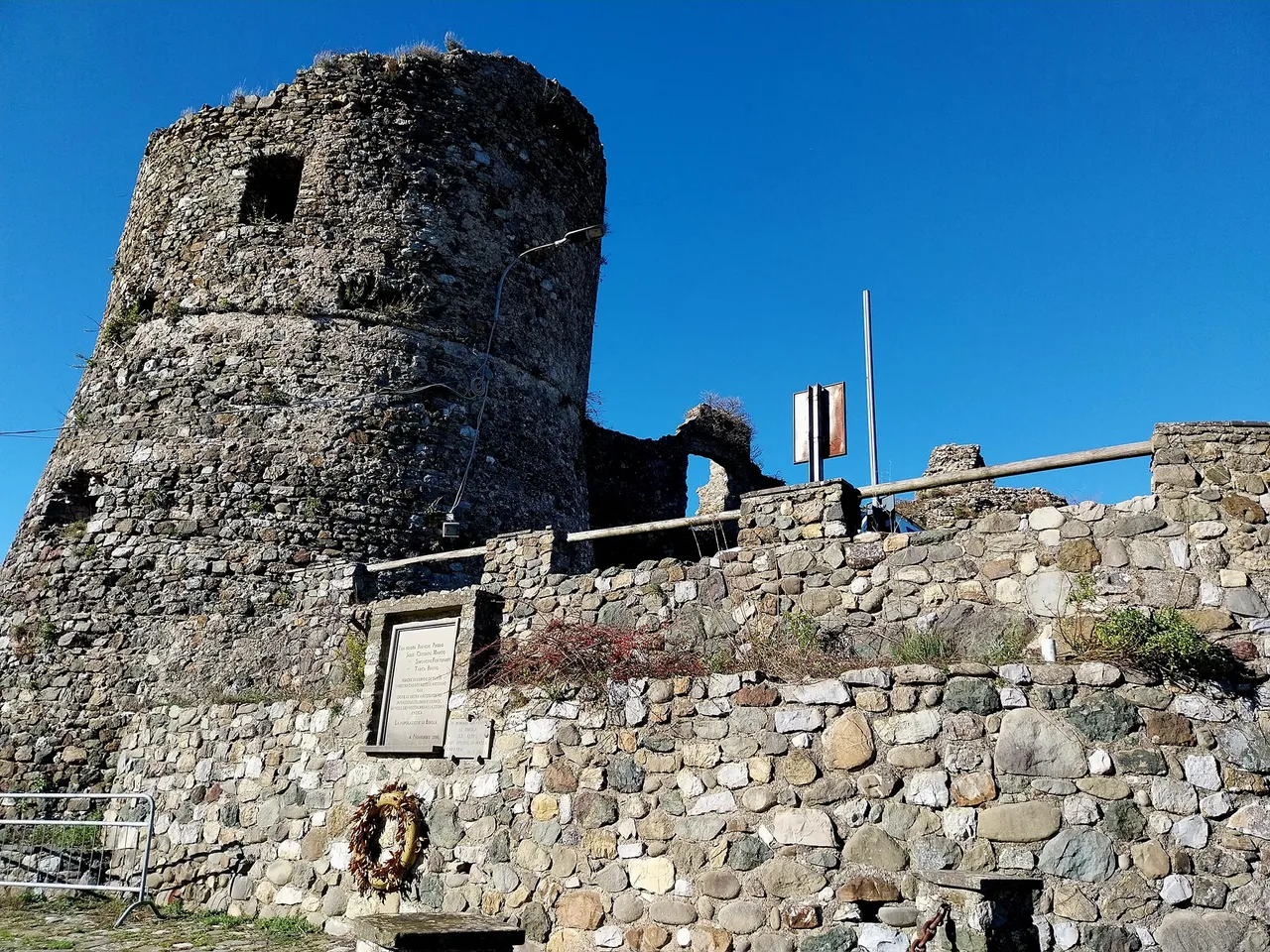
From this village, there's a beautiful panoramic view all around—I shared the photos to give you an idea—with a view of the mountains still covered in snow, even though it snowed very little this year. Honestly, I had never seen the Apennines so clear of snow and so dry. As you can see from the photos, there are remains of a castle, next to which stands the church of San Bartolomeo. Unfortunately, the church was closed, and I couldn't visit it, but from the information I read, it would have been a very interesting experience because it houses an ancient altarpiece. I assume the closure may also be due to security reasons, as the village is not very populated, which is typical in small towns.

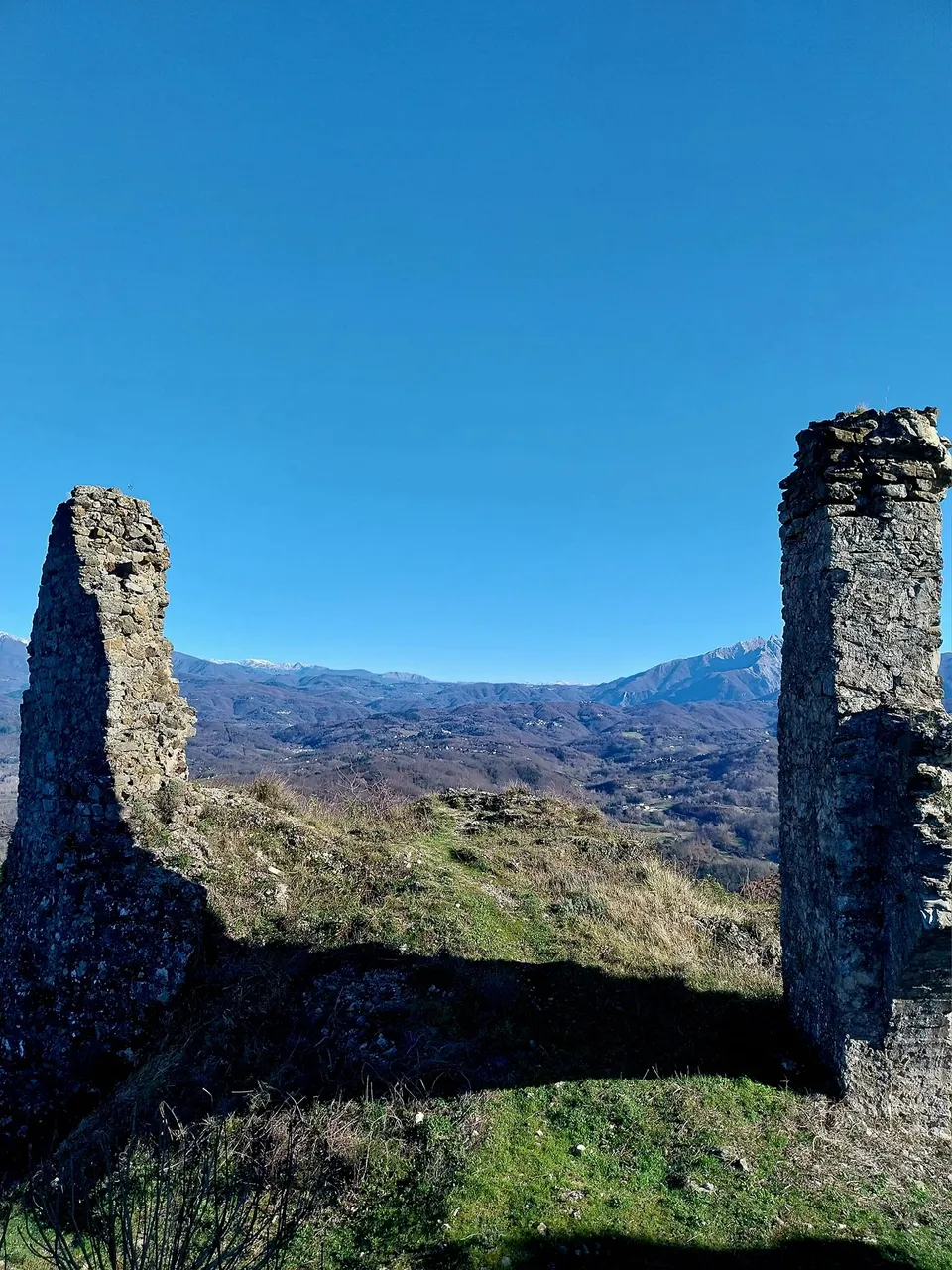
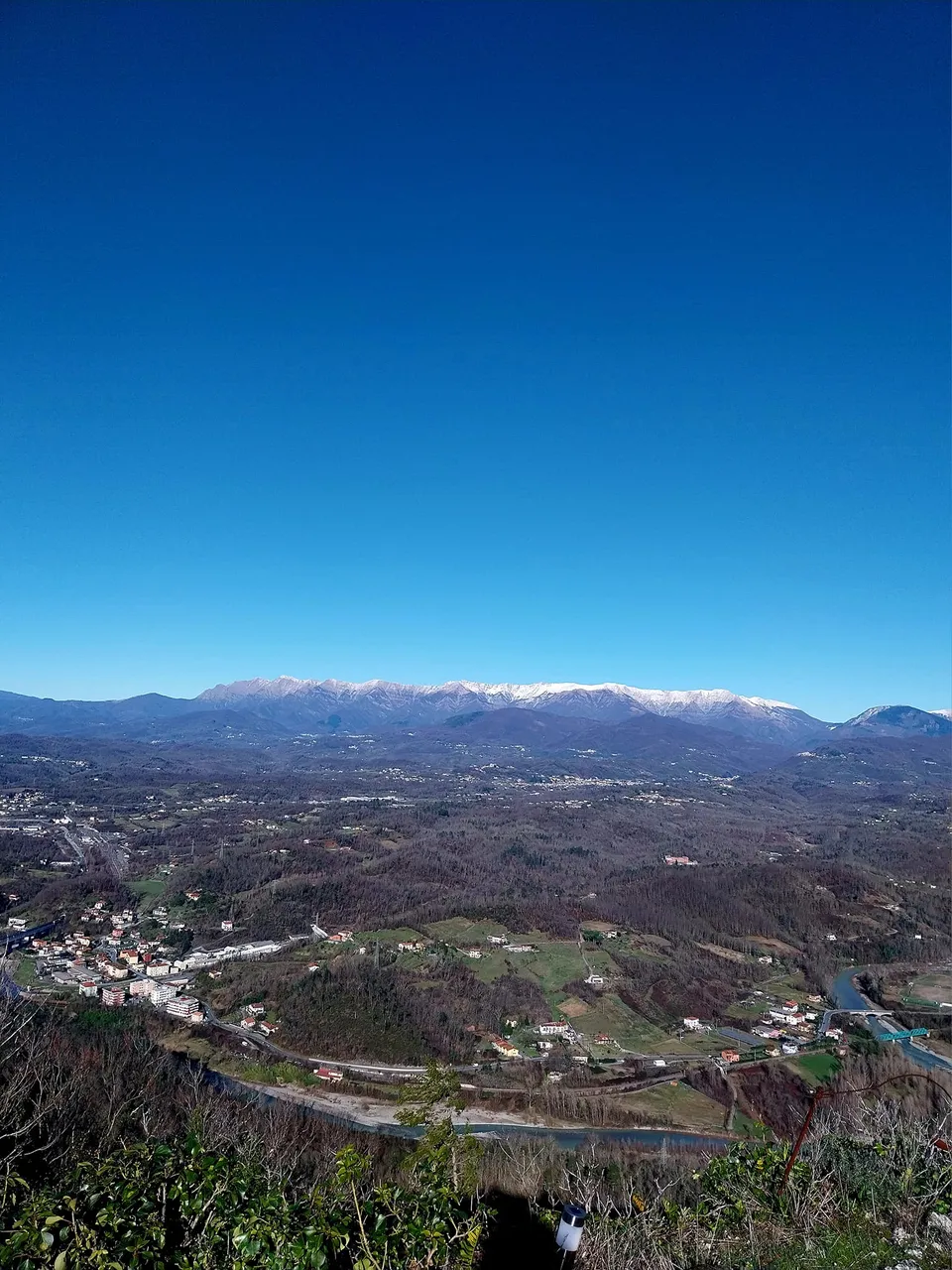
It's a shame, especially that the remains of the castle are not a bit restored and valued. As you can see from the photos, very little remains of the beautiful castle that once defended the valley and guarded the Via Francigena, which, as discussed in various posts, was the route pilgrims used to reach Rome.
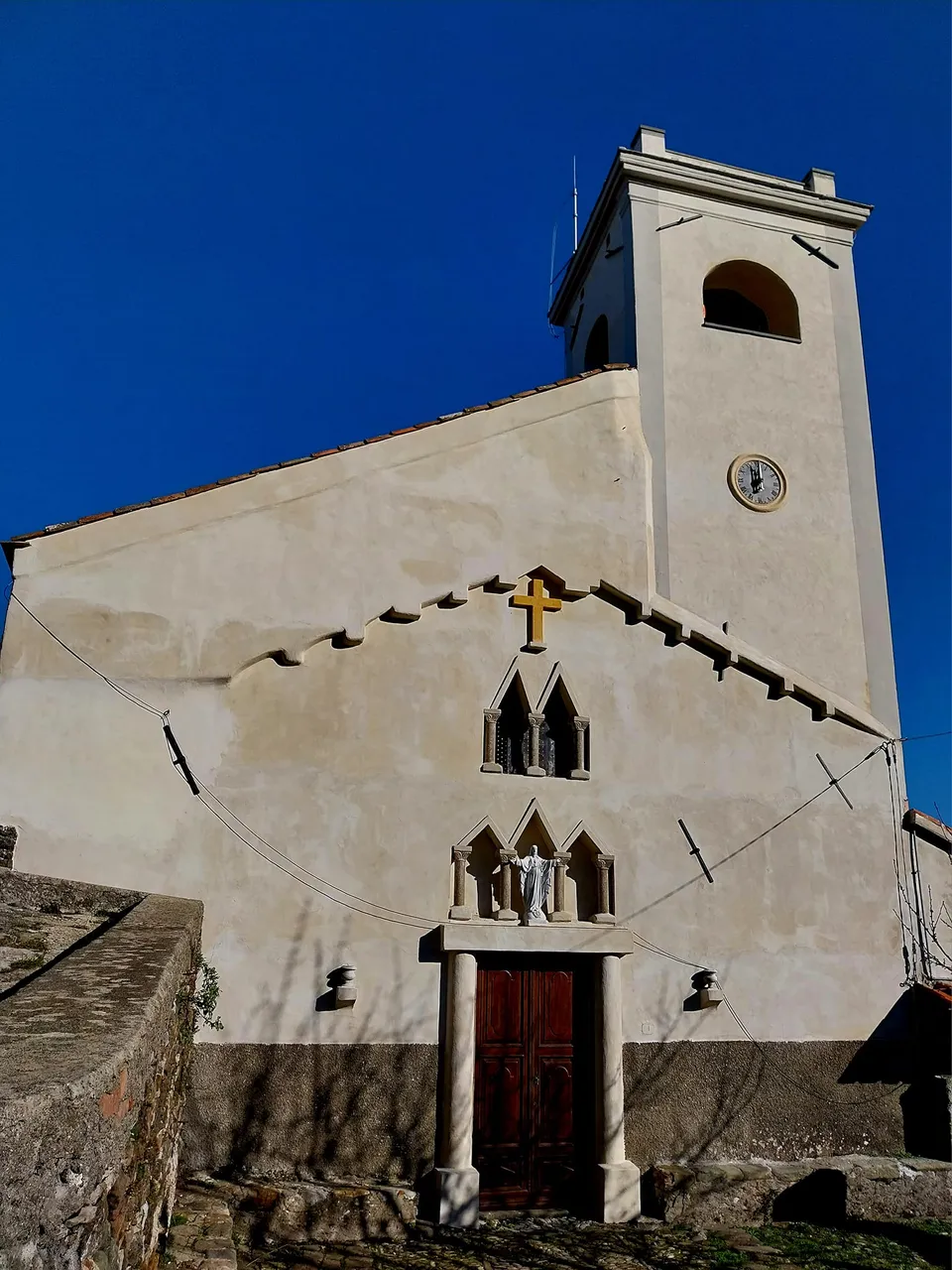

I thank you for reading and for the messages you always leave in the comments. See you soon in the next post!